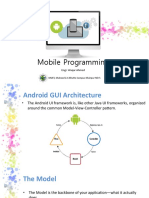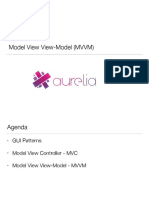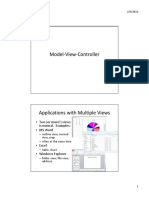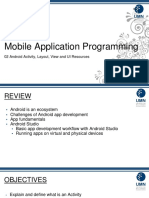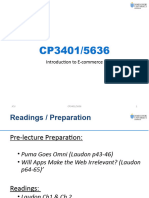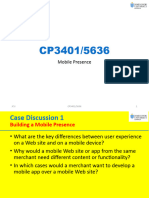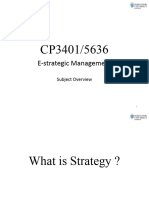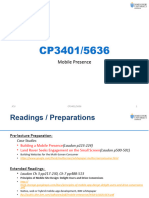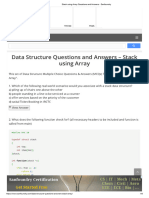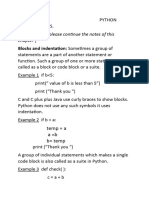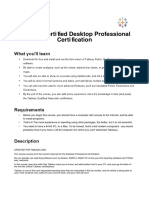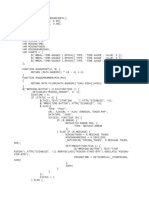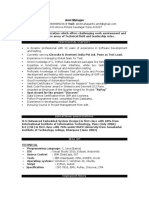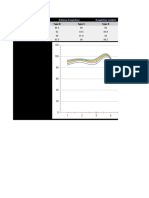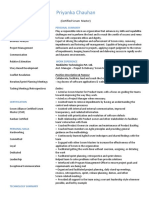0% found this document useful (0 votes)
25 views19 pagesWk5 - MVC and Threads
Uploaded by
SharonCopyright
© © All Rights Reserved
We take content rights seriously. If you suspect this is your content, claim it here.
Available Formats
Download as PPTX, PDF, TXT or read online on Scribd
0% found this document useful (0 votes)
25 views19 pagesWk5 - MVC and Threads
Uploaded by
SharonCopyright
© © All Rights Reserved
We take content rights seriously. If you suspect this is your content, claim it here.
Available Formats
Download as PPTX, PDF, TXT or read online on Scribd
/ 19











